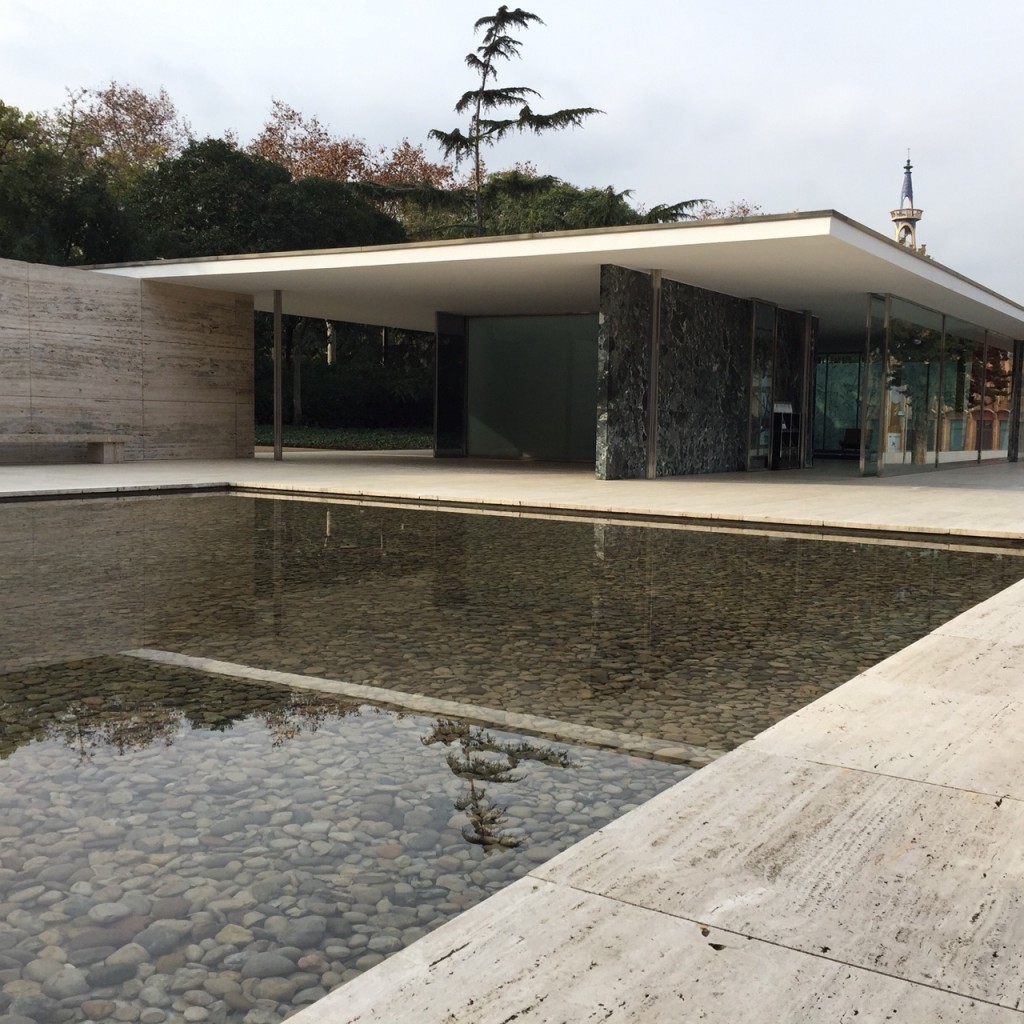There are various ways to make a space conducive to peace, to create room for creative thinking and inspiration, or a sense of connection that encourages us to feel at ease. This is something I find myself returning to often during a design process; for domestic settings, work environments and spiritual spaces alike, creating a space that enables us to connect to clear and positive ways of thinking helps us to regain the sense of perspective we need when the busyness of life takes over.
Here are a few basic principles for achieving that sense of harmony:
1. Declutter. Of course, any room put to daily use is likely to get messy and being realistic about that is an important starting point. Whilst extreme minimalism might look great in a staged photograph, preserving the desired effect if you’re actually using the space can prove more than tricky; abandoned toys or piles of paperwork don’t just weaken the sense of minimalism but are actually forced to stand out against such a clear backdrop, so that the mess itself becomes the unintentional focal point.
Whilst it might not be realistic to keep disorder at bay, it’s always possible to introduce some freedom from clutter. In a busy, crowded office, having one wall clear of shelves, cabinets and paperwork gives the workers something to turn to when their heads are as cluttered as their desks. Similarly, a painting or print on a clear wall brings a natural point of focus for us to gather our thoughts.
2. Connect to nature. Most people appreciate the positive effect of an expansive view or some time out in the countryside to help us feel refreshed. We can replicate this in architecture by working with the natural features of a site from the very beginning. In one project for a garden office, it would have been easy for us to suggest getting rid of the trees to create a clearer space, but instead we found that adapting the design with a curved timber roof complimented the spacing of the trees and made the most of the natural surroundings. The view of the trees from the office provided a refreshingly different perspective, encouraging the viewer to look up beyond their tops.
3. Look skyward. Another way to make the most of nature is not to forget the sky. For a family room looking out on the garden, floor-to-ceiling glass maximises the effect of natural light and provides a sky view that will always help to encourage a feeling of spaciousness and clarity. A similar effect can be achieved by skylights or attic windows, especially in a bathroom where you might even want to enjoy the sound of rain hitting the glass.
4. Create a ‘narrative’. This doesn’t need to be something convoluted or sentimental, but creating a theme or sense of meaning within a space can help us to feel connected to our surroundings. Mies van der Rohe’s Barcelona Pavilion is a celebrated example of taking the elements as such a narrative. With minimalist design principles Van der Rohe emphasises the contrasting beauty of dappled stone and smooth water.
In domestic projects, I’ve worked with some clients who had a clear sense of what they wanted the ‘narrative’ to be. For one client with an impressive collection of artwork, it was quickly clear that our plans needed to start with the position of each painting and work backward. The result was a simple layout of spaces that made the art the focal point.
5. Find mathematical harmony. Since the time of the Ancient Greeks, architects have found themselves turning to mathematical principles as a guarantor for harmonious spaces. From the Pantheon to the Taj Mahal, golden section, mirror symmetry and consistency in ratios have been used for thousands of years to create an instinctive sense of balance and peace.
Similar principles can be used in any setting; if a room has two sets of windows of differing sizes, using the same height: width ratio will create a comfortable relationship between them. The mystery of harmonious geometries is that they generally go unnoticed in any way other than through the sense of balance they bring.
So whilst it might be a little difficult to put your finger on what it is that makes a space peaceful, a certain combination or selection of these ideas always seems to take a design in the direction of harmony.




